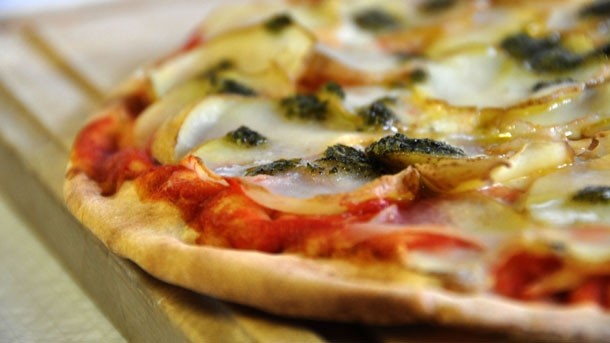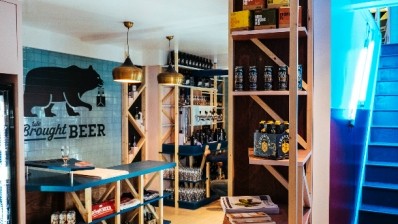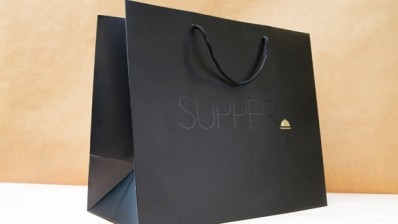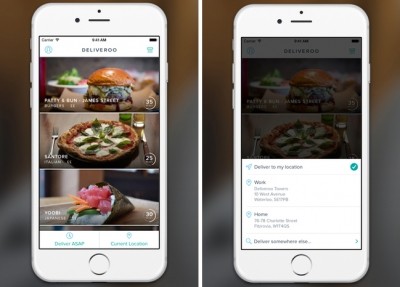3 reasons why restaurants should consider takeaway

Online takeaway platform Just Eat saw UK sales jump by 69 per cent to £51.9m in the first half of the year, with a 50 per cent increase in orders – proving that the takeaway boom that started over five years ago is still gaining momentum.
While Just Eat doesn’t provide delivery services for restaurants, and therefore primarily works with outlets with limited dine-in capacity and a large focus on takeaway, the company has recently launched collection only services, which shows a desire to target a broader range of venues.
Other online platforms are tied in with a delivery system, allowing restaurants to target the takeaway market without having to worry about logistics, and there is a case to make for traditional restaurants wanting to expand into the takeaway market.
Efficiency
Sometimes seen as a messy activity disrupting the restaurant’s in-house activity and customer service, the online ordering and delivery market has evolved to offer more automated and efficient capabilities through technology.
Will Shu, founder of online platform and delivery service Deliveroo, tells BigHospitality: “When people think of delivery, they just think of a guy on a scooter, but what we do is extremely reliant on technology. There are no phone calls or text messages involved.
“We install an iPad and a printer in each restaurant, and when the customer places an order on a mobile phone, it shows up on the iPad for the restaurant to accept it. Then, when they think the food is almost ready, they press a button that sends a message to our back-end systems to allocate drivers automatically, which is relayed through our driver’s iPhone app.
“The advantage is not just that the restaurant doesn’t have to do the delivery, it’s that every single item in the order lifecycle is time-stamped and GPS-stamped. We can always look to see what went wrong or right with a particular order or in the aggregate for a particular restaurant.”
Deliveroo launched in February 2013 with only two restaurants in Chelsea, and now works with around 270 outlets across London.
Flexibility
Another thing that takeaway platforms and delivery providers have largely improved with time is their flexibility. Having to deal with takeaway orders at peak dine-in times can be off-putting, but Deliveroo offer restaurants the option to temporarily remove themselves from the site whenever they want.
Restaurants can also remove menu items they have run out of from the online menu simply by pressing a button.
So delivery systems are now more efficient and less disruptive than ever. But what can offering this service really bring to a restaurant with an established dine-in customer base?
1. Increased revenue
Very few restaurants are busy all the time. And as it happens, peak times in the takeaway business often coincide with low times inside the restaurant. “Our busiest day is Sunday night, whereas for a restaurant it’s not busy on a Sunday night, so the two are complementary,” says Shu.
2. No rise in fixed costs
Offering delivery helps increase a kitchen’s throughput, without increasing the restaurant’s fixed costs such as real estate or salaries. “We’ve seen examples of restaurants whose revenues have increased by 20 per cent, but they haven’t had to hire new people. In order to get a better return on your fixed costs, you should be cooking more food, which is what we enable them to do,” he adds.
However, restaurants should expect to pay a commission to online platforms and delivery providers - 25 per cent in the case of Deliveroo.
3. More frequent repeat business
Having a takeaway offering can be a way to increase the frequency of a restaurant’s repeat business, especially as British diners choose that option more often than they decide to dine out. Shu points out: “One of our chain partners told us that on average their repeat customers come to their restaurants once every 150 days.
“For the same restaurant, our frequency with repeat customers is about once every 19 days, so they view it as a way to be in front of their customers more often, which is highly appealing.”



















